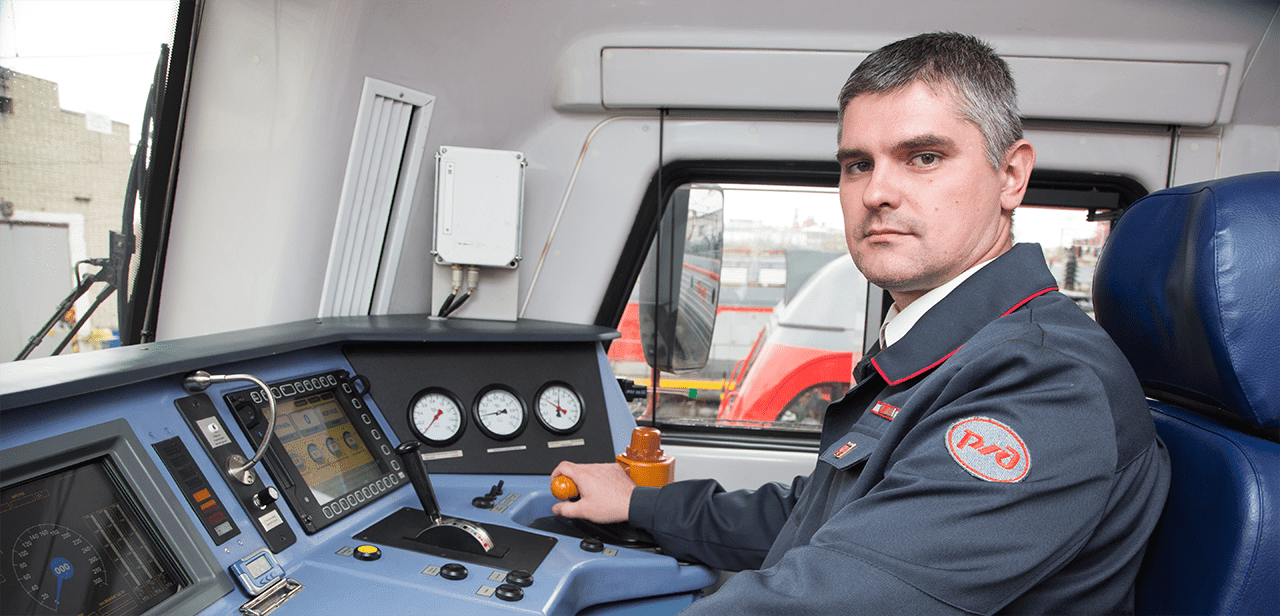Working conditions and occupational safety improvement
In 2021, Russian Railways spent a total of over RUB 29 bn on health and safety improvement initiatives. Expenditures related to working conditions and occupational safety improvement at Russian Railways averaged RUB 46,890 per employee (compared to RUB 41,500 in 2020).

Working conditions improvement
As at the end of 2021, Russian Railways had 76,700 workplaces with hazardous working conditions.
The number and share of positions with hazardous working conditions were as follows: 55,000 workplaces, or 17% of total, in category 3.1, 21,700 workplaces, or 7% of total, in category 3.2.
The largest share of the total number of workplaces with hazardous working conditions is made up by those characterised by the following factors: hard labour – 42.7%, noise – 31.2%, labour intensity – 10.2%, general vibration – 4.3%, chemical factors – 5.2%, microclimate – 0.2%, other – 6.2%.
In 2021, the Company implemented a work environment improvement project targeting 43,900 workplaces, covering a total of 199,700 employees.
In 2021, initiatives focused on:
- creating a microclimate that complies with all applicable requirements, activities to reduce workload and work intensity, and activities to align lighting levels with applicable requirements
- aligning noise and vibration levels with applicable requirements
- reducing the impact of hazardous chemical factors and aerosols
- reducing the impact of non-ionising radiation
In 2021, a special assessment of working conditions was carried out at 48,300 workplaces, which comprised 105.7% of the plan for the year.
Control over working conditions
In line with a respective plan, in 2021, branches of Russian Railways held laboratory tests at 234,800 workplaces, with financing allocated to that end totalling RUB 182.4 m. Laboratory tests held as part of control over working conditions and special assessments of working conditions covered all workplaces with hazardous working conditions.
Work-related ill health
Workplaces classified as category 3.1
In 2021, 41 employees and 17 retirees of Russian Railways developed 58 occupational diseases as a result of exposure to work-related hazards (compared to 16 employees and 29 retirees in 2019). In 2021, the level of occupational morbidity totalled 0.6 per 10,000 employees.
The main types of occupational diseases were:
- sensorineural hearing loss caused by extreme noise pollution;
- hand-arm vibration syndrome;
- myotonic syndrome.
To enhance the quality of medical support for traffic and production safety, in 2021, three new occupational pathology and occupational suitability centres opened their doors
134 medical assessment boards are in place at RZD-Medicine PHFs. In line with their work plans, they completed 1.61 m medical examinations in 2021.
In 2021, in partnership with the Ministry of Transport, Ministry of Labour and the Russian Social Insurance Fund, Russian Railways took part in a pilot project in line with decree of the Russian Government No. 401 dated 18 March 2021 On Pilot Project to Establish Interagency Interaction to Prevent Occupational Diseases and Create System for Employee Health Monitoring.
Selected for the project were 70 members of locomotive crews that following regular medical check-ups were classified as at risk for developing sensorineural hearing loss. The outcomes of the pilot project showed a positive trend, i.e. stabilisation of initial signs of noise impact on the employees’ hearing ability.
Interagency interaction continues strongly underway in order to continue activities of the pilot project, with the expansion of the list of occupational diseases to be covered by preventive steps, and development of a financing mechanism using borrowed funds from the Social Insurance Fund.
Provision of personal protective equipment
In 2021, Russian Railways spent RUB 12.2 bn on procuring workwear, footwear and other PPE, which makes up 42% of all expenses on health and safety activities. Employees of Russian Railways are fully provided with workwear, footwear and other PPE.
As a way to expand the workwear collection, technical requirements were approved in February 2021 for seven models of fur items (13 types), along with technical requirements for SIGNAL – RZD, high visibility clothing that includes six models (36 types) of workwear for winter and summer periods.
The workwear collection for Russian Railways employees comprises 43 models (132 types), of which 16 models (52 types) are designed for women.
The footwear collection includes 65 models, including 32 models for women. This collection has been made available to all Russian Railways branches since March 2021.
In line with an action plan to introduce an updated workwear collection for Russian Railways employees, starting October 2021, an updated collection is shipped to all units of the Company's branches located within the Eastern Operating Domain (Krasnoyarsk, East Siberian, Zabaykalsk, and Far Eastern Railways). Starting January 2022, the updated workwear will be rolled out across all the branches of Russian Railways.
In 2021, the Company assessed the quality of cold weather models of the workwear: 68% of the employees rated them as excellent or good, with 30% describing them as satisfactory.
There are potential plans to introduce a control system to make sure that employees properly use their PPE to protect from induced voltage and the thermal component of the electric arc. To that end, an electronic safety control device is expected to be integrated into the PPE kit to ensure that safety properties are retained and intact before and after any work is commenced, and that PPE are used properly.